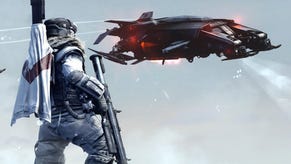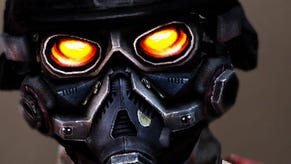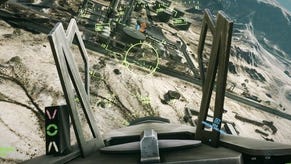Killzone 3 pad lag measured
Guerrilla makes good on latency claims.
Guerrilla Games says that Killzone 3's control system has been substantially improved over its predecessor's. Last week's limited release of the Killzone 3 multiplayer beta was a golden opportunity to put these claims to the test, and forms a small part of an extensive tech analysis set to be posted on the Digital Foundry blog tomorrow.
"Our first priority when we started working on the controls for Killzone 3 was to listen closely to Killzone 2's players - what they liked, what they disliked, and how they felt things could be improved," Guerrilla game director Mathijs de Jonge wrote on the official Killzone website. "We've recalibrated the dead zone to be more responsive and significantly reduced the input lag, resulting in far better accuracy. Best of all, we've managed to retain that sense of weight that set Killzone 2 apart from other shooters."
The verdict? Guerrilla has delivered. By using a Ben Heck PS3 latency controller monitor board, we can re-run the same tests we carried out with Killzone 2, where we established overall input lag to be a disappointing 150ms with the game running at its optimum 30FPS.
In this video taken from the Killzone 3 multiplayer beta, we re-run that test at the same optimal 30FPS frame-rate, using the botmatch option to best simulate offline gameplay.
Bearing in mind that the best latency result we've had from a 30Hz shooter has been 100ms, Killzone 3's 116ms response is impressive, and with the game still months away from completion, there's every chance that Guerrilla can improve the situation still further. While a 33ms improvement may not sound like much, in the world of first person shooters, it makes a big difference. We can also confirm that the developer has done extensive work on the dead zone of the analogue controls, making the process of aiming much lighter than it was in Killzone 2. Both of these factors in combination serve to make the new game
The impression is that some of the weight and "heft" that was unique to Killzone 2 has been sacrificed, but the overall increase in terms of the quality of the gameplay experience is more than worth it.
There's much, much more to discuss in tomorrow's analysis, including our thoughts on the game's 3D support - an element not included in the public beta...
















